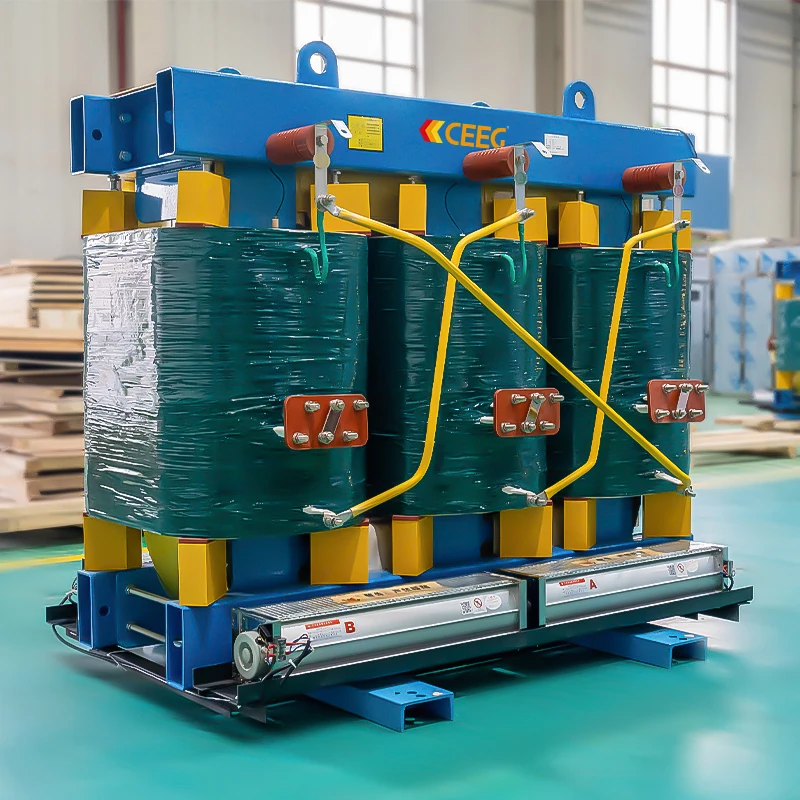
 The working principle of rectifier transformers is the same as that of ordinary transformers. A transformer is a device that transforms AC voltage based on the principle of electromagnetic induction. Generally, a transformer has two mutually independent windings: the primary winding and the secondary winding, which share a common core. When the primary winding of the transformer is connected to an AC power source, an alternating current flows through the winding, generating magnetomotive force and thus creating alternating magnetic flux in the closed iron core. Both the primary and secondary windings cut the magnetic flux lines, and an AC voltage with the same frequency is induced in the secondary winding. The voltage ratio between the primary and secondary windings is equal to the turn ratio.
The working principle of rectifier transformers is the same as that of ordinary transformers. A transformer is a device that transforms AC voltage based on the principle of electromagnetic induction. Generally, a transformer has two mutually independent windings: the primary winding and the secondary winding, which share a common core. When the primary winding of the transformer is connected to an AC power source, an alternating current flows through the winding, generating magnetomotive force and thus creating alternating magnetic flux in the closed iron core. Both the primary and secondary windings cut the magnetic flux lines, and an AC voltage with the same frequency is induced in the secondary winding. The voltage ratio between the primary and secondary windings is equal to the turn ratio.
Performance Advantages
1. Reliability of Insulation Technology
Our research spans from initial two-dimensional electric field simulations, three-dimensional electric field measurements, and impact characteristic measurements to later-stage theoretical analysis and simulated experiments on the main insulation, longitudinal insulation, end insulation, insulation of leads, and coil withstand voltage characteristics of transformers. Through years of verification using various methods, we ensure the reliability of transformer insulation.
2. Calculation of leakage magnetic field and reduction of stray loss
Dedicate specialized efforts to calculating and measuring transformer leakage magnetic fields. The research includes shielding structures for leakage magnetic fields, calculations for transformer dynamics and thermal stability, and improvements in transformer dynamic and thermal stability to guarantee accurate calculations and reduce stray losses, enhancing transformer dynamic stability.
3. Precise Analysis of Coil Temperature Fields
Collaborating with numerous domestic universities, we jointly developed programs for calculating coil temperature fields. These programs calculate loss distribution in coils, including resistive losses, eddy current losses in different directions, circulating losses between parallel conductors, and flow field cooling conditions. This enables the accurate calculation of coil temperature distribution and hotspot temperature rises, allowing us to take measures to control hotspot temperature effectively rises that impact transformer lifespan.
4. Reducing Local Discharge in Transformers
Electric field strengths at various locations have undergone numerical analysis during the design phase and have been strictly controlled. Additionally, compliance with manufacturing quality, the reliability of processing methods, and the reasonableness of operating techniques effectively control local discharges in transformers.


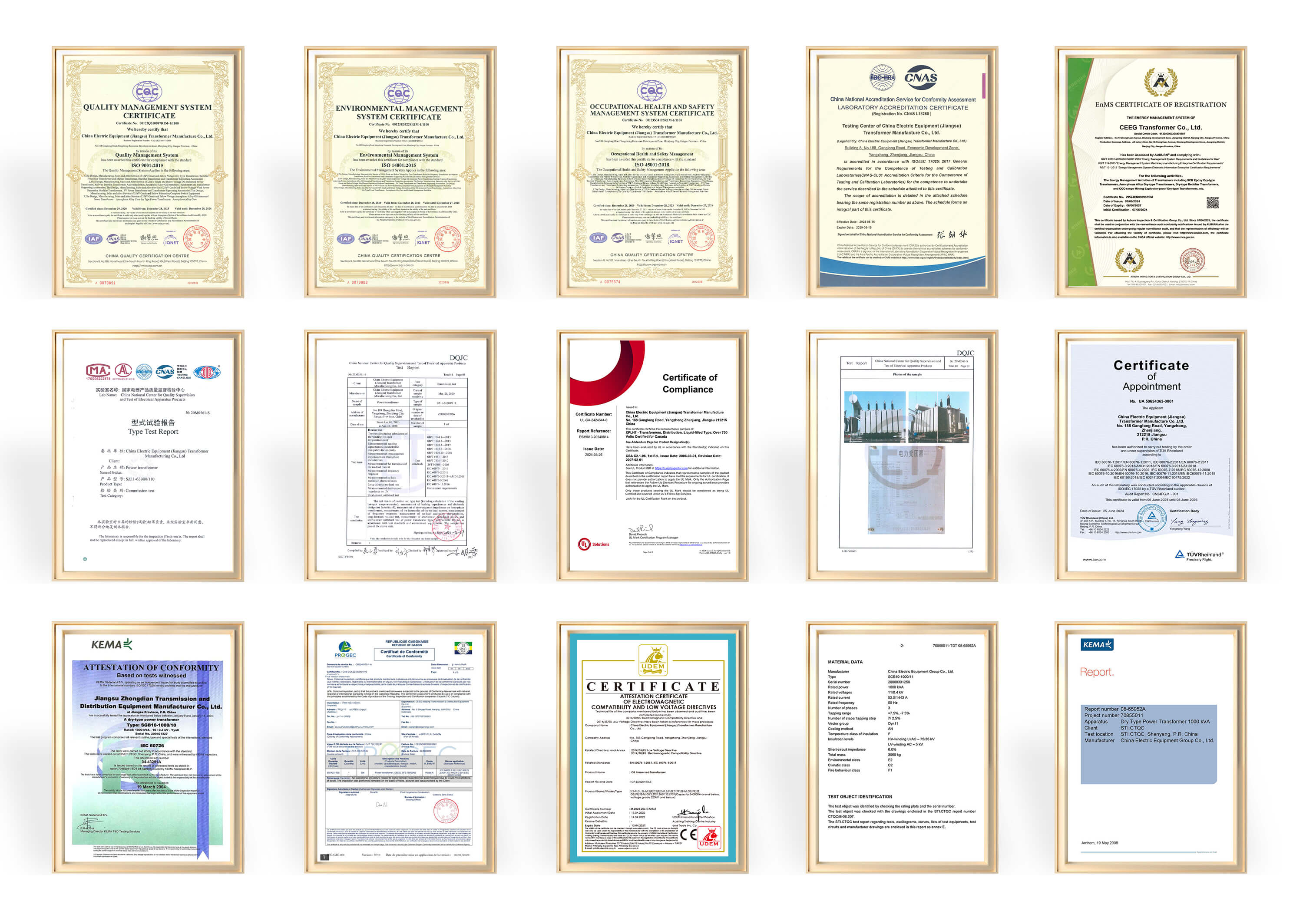
 Our transformer production facility covers an area of over 40 hectares with a construction area of 180,000 square meters. It employs more than 1000 people and is equipped with a complete set of advanced transformer production and testing equipment, including cutting, vacuum casting, vacuum impregnation, and other facilities. It has an annual production capacity of 30 million kVA for power transformers. We boast an array of cutting-edge equipment representing a high standard within the industry, including a complete set of shearing machines, fully automated winding machines, robot-operated stacking machines, the Hedrch Hedrch Vacuum Casting Equipment, vacuum impregnation systems, air cushion transport vehicles, a fully enclosed production workshop with a cleanliness level of 100,000, 20-ton vertical winding machines, 10-ton horizontal winding machines, coal-oil gas phase drying equipment, and a 200-ton overhead crane. We adopt the latest technology and processes to ensure that our products comply with international standards and customer needs.
Our transformer production facility covers an area of over 40 hectares with a construction area of 180,000 square meters. It employs more than 1000 people and is equipped with a complete set of advanced transformer production and testing equipment, including cutting, vacuum casting, vacuum impregnation, and other facilities. It has an annual production capacity of 30 million kVA for power transformers. We boast an array of cutting-edge equipment representing a high standard within the industry, including a complete set of shearing machines, fully automated winding machines, robot-operated stacking machines, the Hedrch Hedrch Vacuum Casting Equipment, vacuum impregnation systems, air cushion transport vehicles, a fully enclosed production workshop with a cleanliness level of 100,000, 20-ton vertical winding machines, 10-ton horizontal winding machines, coal-oil gas phase drying equipment, and a 200-ton overhead crane. We adopt the latest technology and processes to ensure that our products comply with international standards and customer needs.




.jpg!webp)
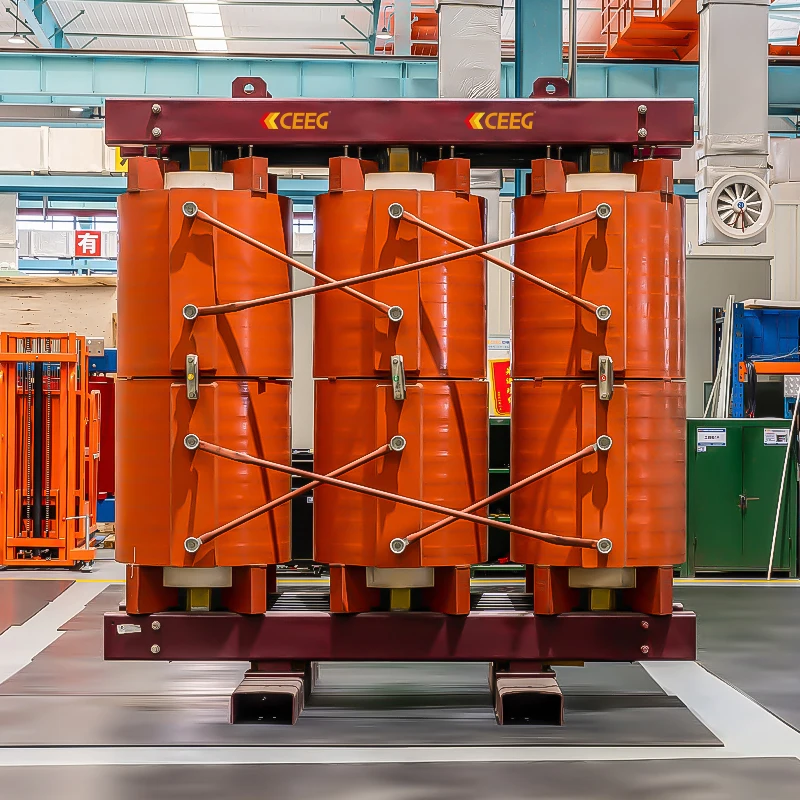

.jpg!webp)
.jpg!webp)
.png!webp)
%20Medium%20Voltage%20(10kV)%20Marine%20Transformers.jpg!webp)
.jpg!webp)
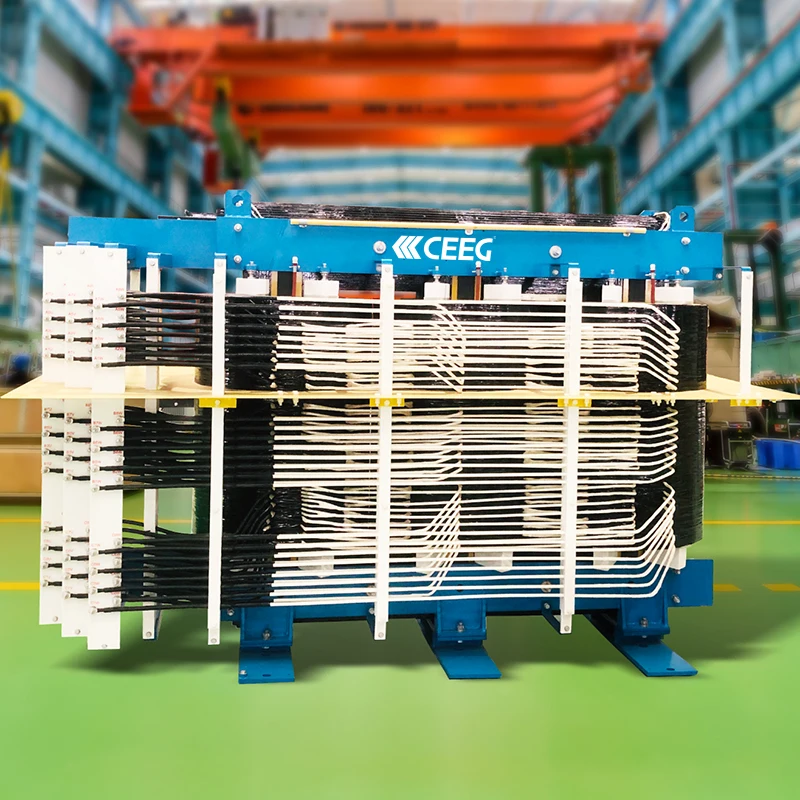

.jpg!webp)
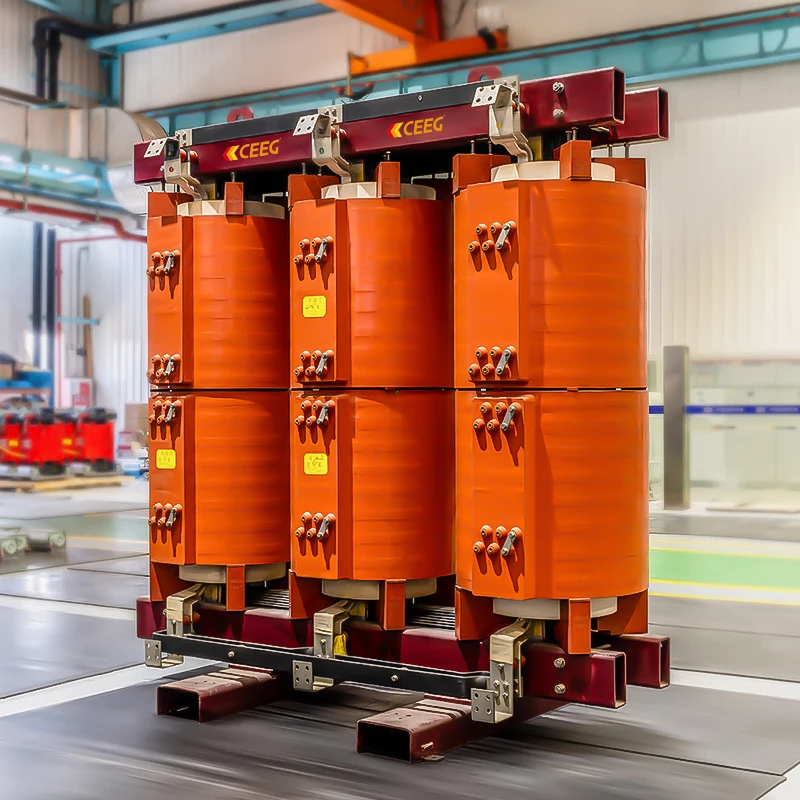

.jpg!webp)
.jpg!webp)
%20Series%20Non-encapsulated%20Dry-Type%20Transformers%20(Class%20HClass%20C).jpg!webp)
.jpg!webp)
%20Series%20Epoxy%20Cast%20Dry-Type%20Transformer.jpg!webp)
